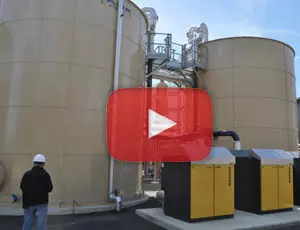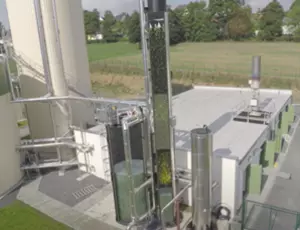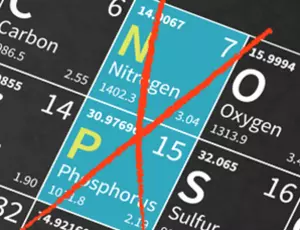Experienced in Wastewater Technologies, Process Design and Project Execution
The in-house expertise of Veolia provides robust project execution for Veolia that is customer-focused and committed to identifying cost-effective solutions for wastewater treatment. Our projects typically begin with an evaluation of the problem to develop viable alternatives based on process knowledge, site-specific conditions, and innovative technologies.

Primary Treatment
Goal: Screening, Equalization, pH Control
• Lift stations
• Screening
• Equalization & pH Control
• Dissolved Air Flotation
• Temperature Control
Secondary Treatment
Goal: BOD/COD, Nitrogen, Phosphorus Removal
- Anaerobic Biological Treatment
- Aerobic Biological Treatment
Biogas Handling/Cleaning
Goal: Prepare Biogas to be Utilized as Renewable Energy
- Desulfurization
- Combined Heat & Power Generation
- Biogas Storage
- Membrane Filtration
- Flare Systems
Tertiary/Polishing
Goal: Fine TSS & Phosphorus Removal
- Clarification
- Filtration
- Dissolved Air Flotation
Water Reuse
Goal: Create high purity water for safe reuse
-
Ultrafiltration
-
Reverse Osmosis
-
Disinfection
Sludge Handling
Goal: Waste Sludge Concentration
-
Thickening
-
Dewatering
-
Drying
Wastewater treatment is becoming a challenging area for food and beverage manufacturers. Risks from sewer discharge violation notices and increased sewer surcharge costs are causing a strain on operational performance.
This webinar will cover these issues and discuss the various technologies available to help companies succeed in their wastewater treatment challenges.
This webinar will cover these issues and discuss the various technologies available to help companies succeed in their wastewater treatment challenges.
Other Resources
Efficient biological wastewater treatment to reduce BOD/COD, and produce biogas as a renewable energy source.
Sulfothane is a low OPEX highly effective desulfurization technology to clean biogas for valorization.
Browse our extensive library of on-demand technical webinar resources to increase your knowledge.
Removing nutrients can help organizations meet their discharge limits and protect the environment from dangerous contaminants.






